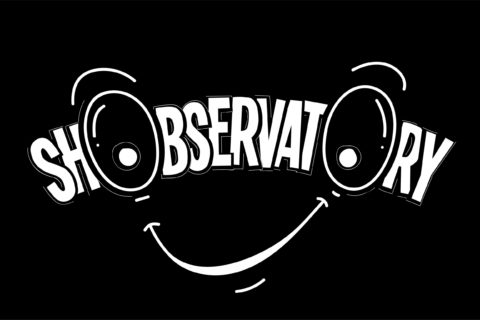Behavioural Tech-heads is a monthly series on Research World looking into what the technology industry can learn from behavioural science. It will cover the basics – both cognitive and behavioural – and psychological principles that offer the greatest contribution to the tech industry.
In this instalment of Behavioural Tech-heads we’ll be looking at incentives.
What’s it all about?
Incentives are things which motivate behaviour. They may motivate via gains for executing behaviour, or costs for not doing so.
Both the carrot & the stick motivate behaviour. Losses motivate us roughly twice as much as gains (see our detour on loss aversion here). Incentives also help us to form habits; good and bad.
Incentives may be:
- Intrinsic: reading a book for enjoyment
- Extrinsic: reading a book to pass an exam
And can be:
- Obvious: getting paid to work
- Subtle: washing up to keep your partner happy
Incentives in habit formation
Whilst incentives motivate us to behave, there are a lot of nuances in the way we react to incentives, especially in the formation of habits. Extrinsic incentives can be effective when encouraging one-off or short-term behaviours, but they tend to fail when fostering habits, because they lose their potency over time.
Alternatively, intrinsic motivation is lasting. Research has shown that to foster habits you should cultivate intrinsic motivation – introducing extrinsic motivation can actually erode intrinsic motivation.
Of course, above and beyond the incentive to carry out the behaviour, the outcome of the behaviour itself can act as further incentive. For example, intrinsic desire to get fit can motivate someone to go for a run and the rush of adrenaline once that run is over can incentivise future runs.
Examples of incentives leading to habit creation
Tech brands are well versed in developing products/platforms that aim to foster a behavioural change and ideally lead to habitual use (known as a habit loop). Some examples are:
- Duolingo = uses gamification to incentivise people to keep on learning and improving.
- Monzo = sets goals as incentives. The goal gradient effect tells us that the harder we towards a goal the closer we get to it.
- Strava & Facebook = both use social proof as an incentive. If we know others are likely to find out what we’re doing, we’re more likely to carry on creating and sharing more content.
However, whilst it’s relatively easy for tech brands to start a behaviour (mainly driven by people’s thirst to try new things), it’s harder to turn that behaviour into a habit. In fact, the Harvard Business School reports that 96% of all new product launches fail. There are a few reasons for this, but a key one is the product’s/platform’s failure to develop meaningful habit loops with new users.
Implications for tech brands
So how can tech brands nudge people to help them develop these habit loops? The answer lies in using both intrinsic and extrinsic incentives – but, sequenced in a way that naturally grows their habit:

- Step 1: Kickstarting the Behaviour – for people to start using a product/platform an initial question they ask themselves is “What’s in it for me?” To overcome this barrier, there needs to be a clear incentive to persuade them to change their behaviour. This can be the classic extrinsic rewards such as a ‘free trial’ or intrinsic rewards such as the initial excitement & enjoyment of using the product/platform. If they accept this initial incentive, this will kick-start their habit.
- Step 2: Deliver Instant Gratification – Once they’ve started using your product/platform you’ll need to reward them as soon as possible. These rewards can come in many shapes and sizes, such as extra lenses/filters, increased storage capacity or perhaps the chance to further personalise and refine the product/platform. Once people have moved to this stage, they’re developing what is called ‘habitual stock’. Habitual stock is where the new behaviour gains meaningful value to them and motivation becomes intrinsic.
- Step 3: Remove All Barriers – As their love and intrigue for your product/platform grows, you need to eradicate any barriers to usage and make the experience as streamlined as possible. Anything that slows down their uptake, usage, or experience will hinder their ability to embed this habit into their everyday ebb and flow.
- Step 4: Incentive Interplay – They’re now close to becoming a regular user of your product/platform – but there is still time for their habit to be broken or ruined. You need to be aware that the different types of incentives they offer (at different points of their journey) do not work in isolation. Instead, they combine with other psychological motivations and contextual factors when the product/platform is being used. These elements can affect the way an incentive is received – sometimes positively, but in some cases negatively. Therefore, tech brands need to be mindful of when an incentive is delivered – timing is everything.


